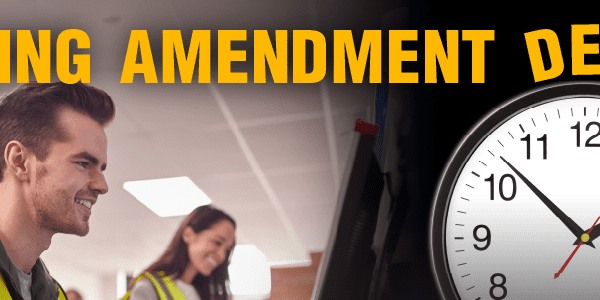 Standards for Fiberboard
Standards for Fiberboard
If you purchase 4G boxes, they are made from a material called fiberboard. Fiberboard, also commonly known as corrugated board, is a material made from several layers consisting of flat outer layers and wavy inner layers known as corrugated mediums. This structure provides strength, cushioning, and insulation properties, making fiberboard an ideal material for packaging and shipping purposes. Here is a blog with more information: Anatomy of a Box.
In addition to UN testing, there are still quite a few standards that the fiberboard used to make 4G boxes must adhere to per the various regulations. Below are some of the domestic regulation requirements for the standards of fiberboard boxes.
49CFR
The standards for fiberboard are located at 178.516 in the 49CFR. Here, it states that fiberboard must be either single or multiwall (double wall or triple wall, for example) and must be strong enough for the appropriate capacity and intended use of the box. In addition, fiberboard must have proper bending qualities, must be creased without cutting through any thickness of the fiberboard, and slotted to permit assembly without cracking, surface breaks, or undue bending. The joints of the boxes must be either taped, glued, or stitched. It is also important to mention that if the box joints are taped or glued a water resistant adhesive must be used.
In cases when fiberboard inserts are used, both the outer 4G box and the inserts must not vary by more than plus or minus 10% from the nominal basis weight reported in the initial UN test report. This blog explains what basis weight is in great detail.
As mentioned in my previous blog, the 4G box must be able to pass a Cobb test, which tests the water resistance of the outer box.
TDG
Transport Canada has their standards for fiberboard located in various portions of the TP14850 (for now). For example, at 6.15.3 it states that Manufacturer’s joints in the body of boxes must be taped, glued, or stitched with metal staples. In addition, at 6.15.4 it states that water-resistant adhesive must be used when the box is closed by gluing or taping. Similar to the 49CFR, the fiberboard used must fall within a certain percentage of what the UN test report shows, however it must fall within plus or minus 5% of the tested material that was used during the testing per 8.1.2.7 of the TP14850. This differs from the U.S. where plus or minus 10% is considered acceptable. Section 7.8 requires that fiberboard containers must successfully pass the Water Absorptiveness Test (Cobb Test) as well by exposing the outer facings of the fiberboard to distilled or de-ionized water for 30 minutes.
All these elements are important to manufacturers of UN 4G boxes. If you want to make sure your dangerous goods, 4G packaging adheres to all these standards, rest assured ICC The Compliance Center has an entire line of packaging that meets all these standards. Take a look at our UN Packaging FAQ or contact our team of experts at 855.734.5469 or send us an email, we’re happy to help.
Stay up to date and sign up for our newsletter!
We have all the products, services and training you need to ensure your staff is properly trained and informed.
 Custom Packaging Design Custom Packaging Design |
 4GV UN Boxes 4GV UN Boxes |
 UN Packaging UN PackagingPosters & Charts |





